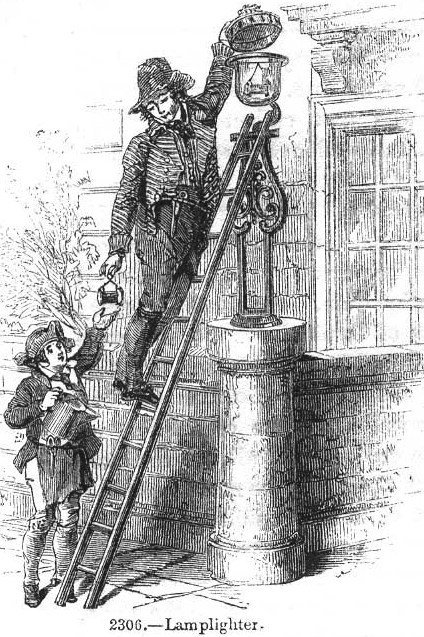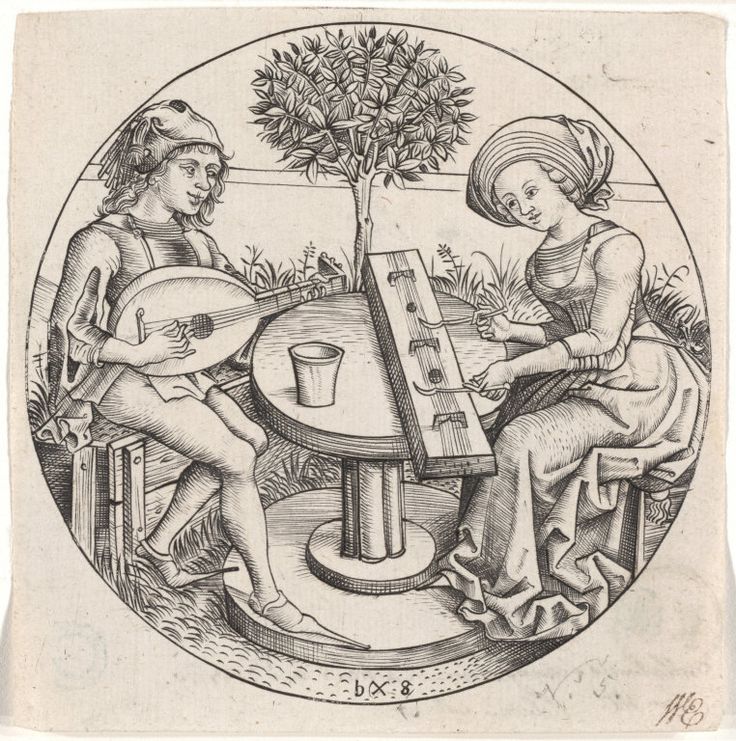Have you ever been awakened in the middle of the night and quietly observed the tranquility of the world outside, the stillness of the rooms inside, as well as the quietness within your own self? In 1835, author Nathaniel Hawthorn, shared this same experience:
“If you could choose an hour of wakefulness out of the whole night, it would be this…You have found an intermediate space, where the business of life does not intrude; where the passing moment lingers, and becomes truly the present; a spot where Father Time, when he thinks nobody is watching him, sits down by the wayside to take breath.”
There is a meditative quality to being wakeful in the middle of the night, which might simply be our own humanity remembering what it was to sleep in two parts, as people have done for thousands of years before the ever-present light of the Industrial Revolution. Insomnia may be the remains of this ancient, natural sleep pattern, haunting us in an age where we have been taught that the optimal healthy sleep habit is an unbroken eight hours of rest.
The concept of uninterrupted nights of sleep is a relatively new one. Up until the 19th century, sleep was biphasic – or portioned into two phases, with an hour or two of wakefulness in between. This was a practice seen across cultures and continents – even in modern studies where subjects were subjected to distinct periods of darkness and light, they fell into a biphasic sleep pattern.

While the exact hours or sleep were often based on the time people first went to sleep, typically the first phase of sleep known simply as “first sleep” occurred before midnight. At midnight, people would wake for a period of a few hours before returning to bed for their “second sleep”. Overall the number of hours asleep were about the same as our preferred eight hours of sleep, just segmented to accommodate an hour or two of activity in the wee hours of the night. While the exact descriptor of this 1-2 hour period varies, it was at times called “the watch” or “watching”.
When first reading about this pattern of historic sleep, many insisted that the activities during the wakeful portion between sleeps were generally “quiet activity”, it seems that the sort of tasks people undertook were as varied as the people where themselves.

“Hir liste nat appalled for to be, Ne on the morwe unfeestlich for to se, And slepte hir firste sleep, and thanne awook…”
(She did not wish to be grown pale, nor in the morning to appear unfestive, And slept her first sleep and then awoke…)
— Geoffery Chaucer, The Squire’s Introduction and Tale
While some engaged in prayer, conversation, study and contemplation – others were altogether more active during those few hours of the night. Some would do chores like tending to animals, mending clothing, chopping firewood or tending to the sick; one servant remarked that she had brewed a batch of beer for her employer between the hours of midnight and 2 A.M. Court records from the 1600’s blandly reference the occurrence of first and second sleep phases as it was pertinent to cases that involved bad behavior during the middle of the night. During “the watch”, people were busy thieving apples from orchards, housebreaking, and even murder. On April 13th 1699, Jane Rowth is a little girl living in Yorkshire who reported her mother waking from “first sleep” to leave with two strangers. Jane’s testimony was that she was instructed by her mother to “Lye still, and shee would come againe in the morning,” but when the morning came, she found her mother had been murdered during the watching hours of the night.

“Masters Streamer and Willmot had already slept their first sleep, and so were awake for while before going back to sleep. I had only just gone to bed.”
— William Baldwin, Beware The Cat (1553)
This broken sleep pattern with a “non-anxious” period of a few hours in the dead of night was not limited to the English Isles and her colonies. In France the concept of first sleep was called premier sommeil; in Italy, it was primo sonno; in Latin, it was called concubia nocte or primo sonmo. There are many allusions to the phrases of sleep in English literature, court documents and diaries, calling them things like “beauty sleep”, “early sleep”, “dead sleep” or “first moments of sleep”. The time described as “betwixt sleepe and wake” was called dorveille by the French, and was reputed as the best time to think creatively, solve problems and come up with new ideas.

The death of biphasic sleep came with the modern conveniences that accompanied the Industrial Revolution. Dependable artificial lighting meant that people were staying awake later, compressing their segmented sleep into a deeper, longer “first sleep”. Street lighting Throughout the 1800’s, there was a slow disappearance of the two sleeps of prior centuries. Free from the constraints of nightfall or seasonal changes in daylight hours, factory owners were reluctant to leave their machines idle, pushing worker for 14-16 hour work days. Another potent regulator of sleep patterns is temperature, and as technologies began to offset the temperature drops inside of homes associated with night, this natural cue for the body to sleep was muted. It took time, but slowly the circadian rhythms of modern populations altered to accommodate the newly illuminated world.

When looking at populations that live removed from the pollution of artificial light, like the remote community of Manadena in northeastern Madagascar, you see examples of biphasic sleep that exist to this day. As mentioned at the beginning of this article, when researchers recreate a environment free of artificial light, the study’s participants would naturally settle into biphasic or polyphasic sleep. In addition to this, they found that this style of sleeping was linked to higher levels of prolactin in participants, meaning sleeping in two parts triggered a heightened sense of well-being on a chemical level. Next time you awake in the wee hours of the night, remember that you are sleeping like people have slept throughout history, embrace the quiet watch of the night, let anxiety leave your mind and slip gently into your second sleep.

“…And at the wakening of your first sleepe, You shall have a hot drink made, And at the wakening of your next sleepe, Your sorrows will have a slake…”
— English Folk Song, Old Robin of Portingale
Sources:
Wehr, Thomas. A. (1992). In short photoperiods, human sleep is biphasic. Journal of Sleep Research, 1(2), 103–107. https://doi.org/10.1111/j.1365-2869.1992.tb00019.x
Ekirch, A. R. (2016). Segmented sleep in preindustrial societies. Sleep, 39(3), 715–716. https://doi.org/10.5665/sleep.5558
Yetish, G., Kaplan, H., Gurven, M., Wood, B., Pontzer, H., Manger, P. R., Wilson, C., McGregor, R., & Siegel, J. M. (2015). Natural sleep and its seasonal variations in three pre-industrial societies. Current Biology, 25(21), 2862–2868. https://doi.org/10.1016/j.cub.2015.09.046
Ekirch, A. R. (2006). At Day’s Close: Night In Times Past. Norton.
Ekirch, A. Roger. “Sleep We Have Lost: Pre-Industrial Slumber in the British Isles.” The American Historical Review, vol. 106, no. 2, [Oxford University Press, American Historical Association], 2001, pp. 343–86, https://doi.org/10.2307/2651611.